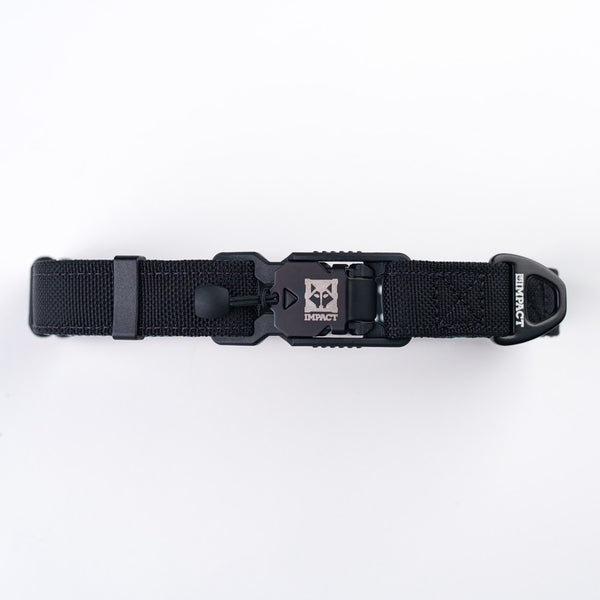For generations, dogs have served in various capacities in the armed forces, proving themselves loyal, courageous, and unmatched. Military working dogs (MWDs) are at the heart of national defense, search and rescue, and therapeutic roles worldwide. This page honors their service, training, and contributions while highlighting efforts to ensure their welfare.
The Evolution of Military Working Dogs
Since World War I, military working dogs have been internationally recognized as standard members of armed forces, though their military association dates back much earlier. From ancient messengers to modern patrol and detection tasks, these dogs have evolved to meet ever-changing military demands, demonstrating remarkable adaptability and endurance.
Key Facts About Military Working Dogs
-
Training Programs: These dogs undergo intense training for roles such as explosive detection, patrol, tracking, and search and rescue.
-
Roles and Duties: MWDs participate in scouting, guarding, and explosive detection, often in rugged and dangerous conditions.
-
Recognition: These dogs are not merely tools of war; they are considered comrades in arms. Many receive commendations, medals, and retirement ceremonies.
Training and Deployment
Military dogs undergo rigorous training through various methods designed to enhance their natural abilities, such as their acute sense of smell and hearing. In the United States, one of the primary facilities for breeding and training military working dogs is Lackland Air Force Base in Texas.
Current Challenges
The demand for well-trained military working dogs has surpassed availability, prompting improvements in domestic breeding programs. Key challenges include:
-
Ensuring genetic diversity and the overall health of MWDs.
-
Refining training approaches to meet evolving military needs.
Dedication to the Welfare of Canines
Military working dogs display an extraordinary level of dedication, both during and after their service.
-
Health: Specialized veterinary care is essential, with facilities focused on the well-being of these animals during and after their military careers.
-
Retirement & Adoption: Programs ensure that retired military working dogs are placed in homes where they receive proper care and attention.
Community Support
-
Adopt a Retired Military Working Dog: Give a hero a well-earned home and rest.
-
Donate: Support organizations that care for the health and welfare of MWDs.
-
Educate: Raise awareness of the crucial roles these dogs play in military and civilian safety.
Military working dogs are not just companions; they are integral to the security and operations of armed forces worldwide. Their courage, skills, and dedication deserve the utmost respect and support. Join in honoring these heroes by learning more, getting involved, and advocating for their continued welfare.
https://www.akc.org/expert-advice/news/what-are-military-working-dogs/






